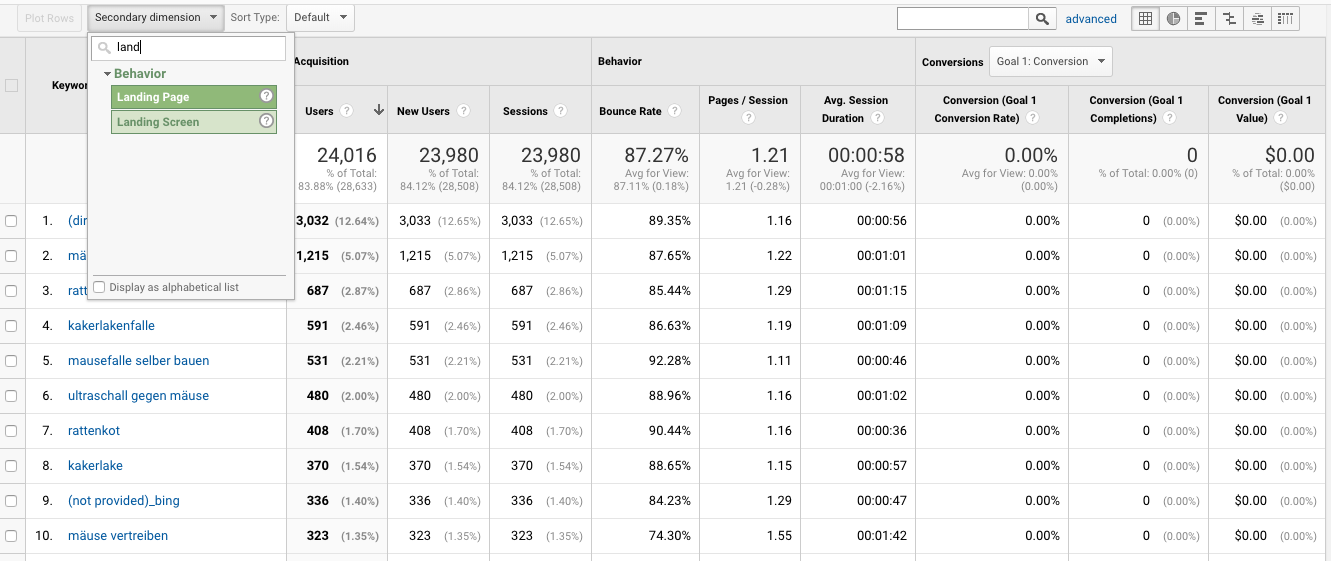Improve Your Metrics: Understanding Google Analytics Secondary Dimension
Improve Your Metrics: Understanding Google Analytics Secondary Dimension
Blog Article
Opening the Power of Second Measurement Analytics for Improved Information Insights and Decision-Making
In the world of data analytics, main dimensions commonly take the spotlight, yet truth depth of insights lies within the world of additional measurements. These added data factors provide a nuanced viewpoint that can brighten patterns and connections not conveniently evident at initial glimpse. By harnessing the power of additional measurement analytics, companies can introduce hidden patterns, uncover relationships, and essence more purposeful conclusions from their information. The potential for boosted decision-making through the usage of these second dimensions is huge, assuring a deeper understanding of intricate data sets and leading the means for more enlightened strategic selections.
Significance of Second Dimensions
Checking out the importance of secondary dimensions in analytics unveils the covert layers of data insights essential for informed decision-making in different domains. Additional dimensions give a much deeper understanding of key information by supplying additional context and viewpoints. By incorporating additional dimensions into analytics, companies can remove extra nuanced and extensive insights from their datasets.
One secret value of secondary measurements is their capability to sector and categorize primary information, permitting a much more thorough analysis of certain parts within a dataset. This segmentation makes it possible for organizations to determine patterns, fads, and outliers that could not be noticeable when looking at the information overall. Second measurements aid in revealing connections and dependencies in between different variables, leading to more precise projecting and anticipating modeling - secondary dimension.
In addition, secondary dimensions play an essential function in boosting data visualization and coverage. By adding second dimensions to visualizations, such as graphes or charts, analysts can produce extra insightful and insightful representations of data, assisting in far better communication of searchings for to stakeholders. Overall, the combination of secondary measurements in analytics contributes in opening the complete possibility of data and driving evidence-based decision-making.
Trick Benefits of Utilizing Additional Dimensions
Making use of secondary dimensions in analytics offers companies a strategic benefit by increasing the depth and granularity of information understandings. One crucial benefit of including second dimensions is the capability to segment and filter information, enabling a more comprehensive analysis of details aspects within a dataset. This division makes it possible for companies to get an extra nuanced understanding of their audience, performance metrics, and various other essential information points. By exploring data making use of additional dimensions such as time, place, tool kind, or customer demographics, companies can discover patterns, trends, and connections that might otherwise stay concealed.
Moreover, the usage of second dimensions improves the context in which main data is analyzed. By leveraging additional dimensions in analytics, companies can harness the complete potential of their information to drive much better decision-making and accomplish their business purposes.
Advanced Data Evaluation Strategies
A deep dive right into innovative data evaluation methods exposes advanced methods for removing valuable understandings from intricate datasets. One such method is maker understanding, where algorithms are utilized to recognize patterns within data, forecast results, and make data-driven choices. This approach permits the automation of analytical design structure, allowing the handling of big quantities of information at a much faster rate than traditional techniques.
Another advanced strategy is predictive analytics, which makes use of analytical algorithms and machine understanding techniques to forecast future end results based upon historic data. By Click This Link examining patterns and patterns, businesses can expect client actions, market patterns, and prospective dangers, empowering them to make aggressive decisions.
Additionally, message mining and view analysis are useful strategies for removing understandings from disorganized information resources such as social media sites comments, customer evaluations, and study feedbacks. By evaluating message data, companies can understand customer opinions, recognize emerging trends, and enhance their services or products based on comments.
Enhancing Decision-Making Through Second Measurements

Enhancing decision-making via additional measurements allows organizations to make even more informed and targeted tactical selections. By segmenting customer data based on secondary dimensions like purchasing background or engagement levels, companies can tailor their advertising approaches to specific audience sections, leading to enhanced conversion prices and client satisfaction. Second measurements can aid recognize relationships and relationships between different variables, allowing organizations to make data-driven decisions that drive development and success.
Applying Secondary Dimension Analytics
When incorporating secondary measurements in analytics, companies can unlock deeper understandings that drive strategic decision-making and enhance general Get More Info efficiency. This involves understanding the particular concerns the company seeks to address and the data factors called for to resolve them.

In addition, organizations need to take advantage of progressed analytics tools and modern technologies to improve the process of including secondary measurements. These devices can automate information processing, evaluation, and visualization, permitting companies to concentrate on translating insights instead of manual data manipulation.
Verdict
In verdict, second dimension analytics play a crucial duty in improving information insights and decision-making processes. By using sophisticated information evaluation techniques and applying additional dimensions properly, organizations can unlock the power of their information to drive tactical business choices.
In the world of data analytics, key measurements usually take the spotlight, however the real depth of insights important link exists within the realm of secondary dimensions.Utilizing second dimensions in analytics supplies companies a tactical benefit by augmenting the depth and granularity of information understandings. By leveraging second dimensions in analytics, organizations can harness the complete possibility of their information to drive better decision-making and attain their service objectives.
Carrying out data validation procedures and regular audits can help keep data top quality and reliability.
By utilizing innovative information evaluation techniques and applying additional dimensions efficiently, companies can unlock the power of their data to drive calculated company choices.
Report this page